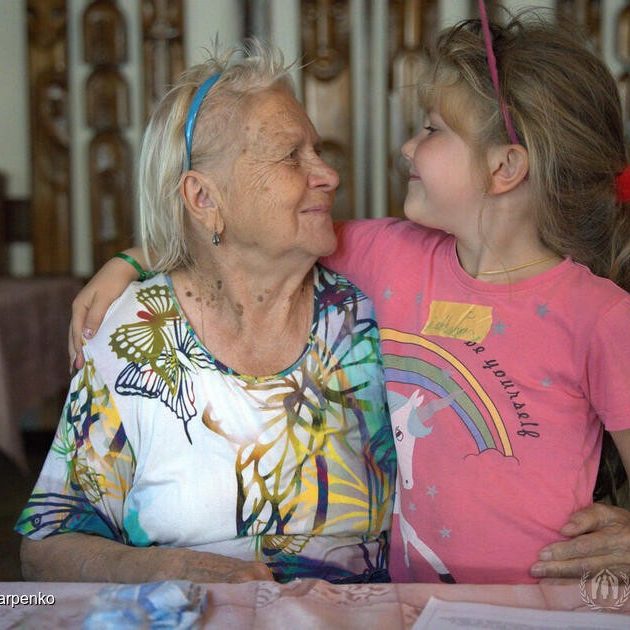Principles for Australian refugee policy

The Kaldor Centre Principles for Australian Refugee Policy are grounded in evidence and informed by good practices from other countries, as well as from Australia’s past.
Revised and updated in March 2022, the Principles provide real-world examples of how, and why, Australia can develop a better refugee policy.
They challenge us to reimagine our current approach, so that both refugees and the nation can prosper amid today’s real global challenges.
Australia can achieve this, because we’ve done it before. We have a rich history of welcoming refugees since 1945, and we can draw on our past experiences – as well as good, current practices from overseas – to create a more positive, sustainable, long-term refugee policy.
“A successful refugee policy not only manages national borders, but also protects people who need safety.”
Launch of the Kaldor Centre's Principles & Priorities for Australian Refugee Policy
When Australians talk about people seeking asylum, the discussion tends to be 'emotional and often not very thought through', but the Kaldor Centre Principles for Australian Refugee Policy challenge us to change that debate, said UNSW Chancellor David Gonski AC as he launched the evidence-based policy agenda on 13 June 2019 in Sydney.
Set out in a comprehensive paper as well as in a summary with Key Priorities, the Kaldor Centre Principles are grounded in evidence and informed by good practices, providing real-world examples of how a more humane, sustainable and manageable approach can benefit both refugees and the nation.
Presented by Scientia Professor of Law and UNSW's Kaldor Centre Director Jane McAdam. She said the approach is both principled and pragmatic. 'A successful refugee policy not only manages national borders but also protects people who need safety, and demonstrates leadership in meeting the global challenge of displacement,' said Prof McAdam.


